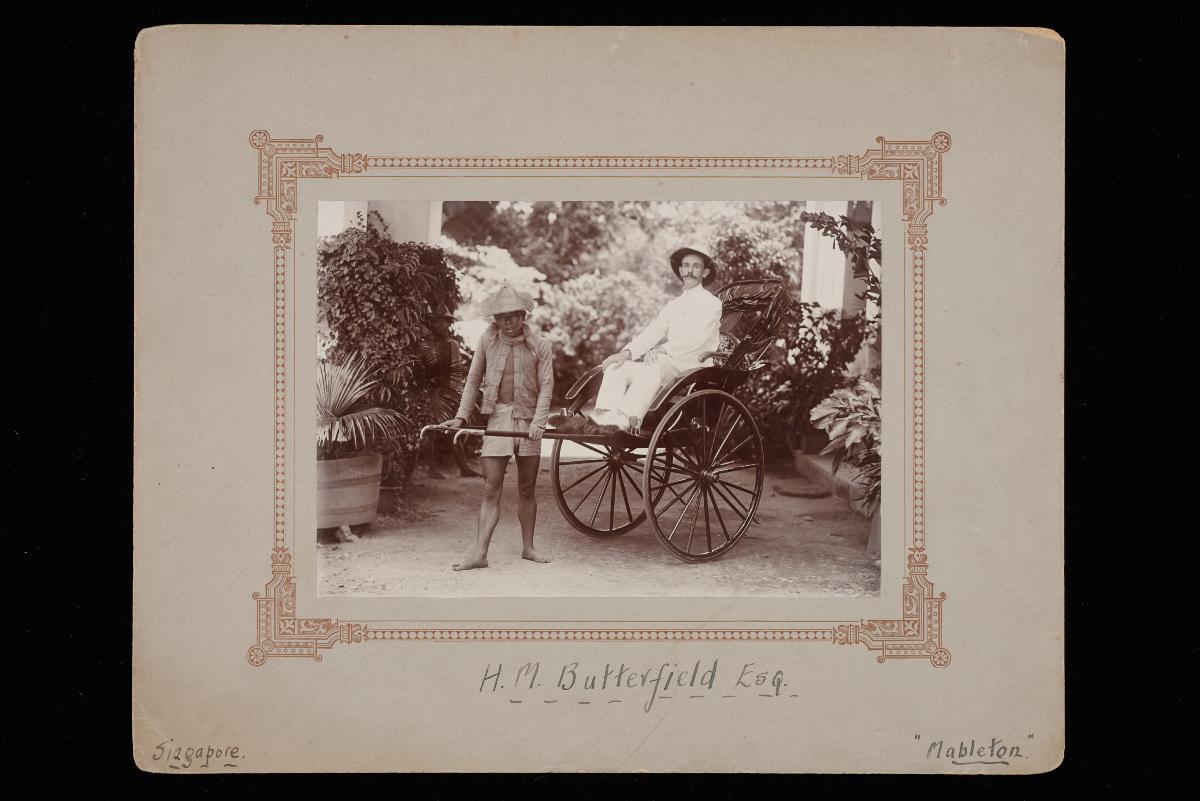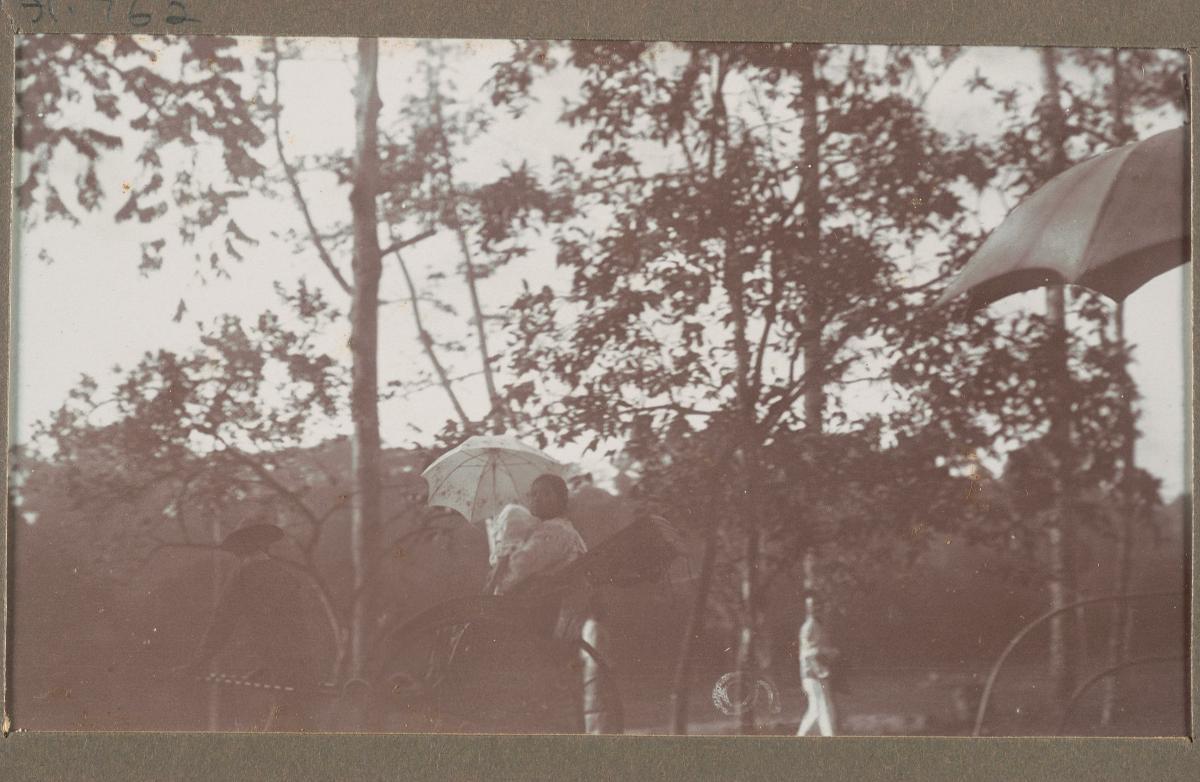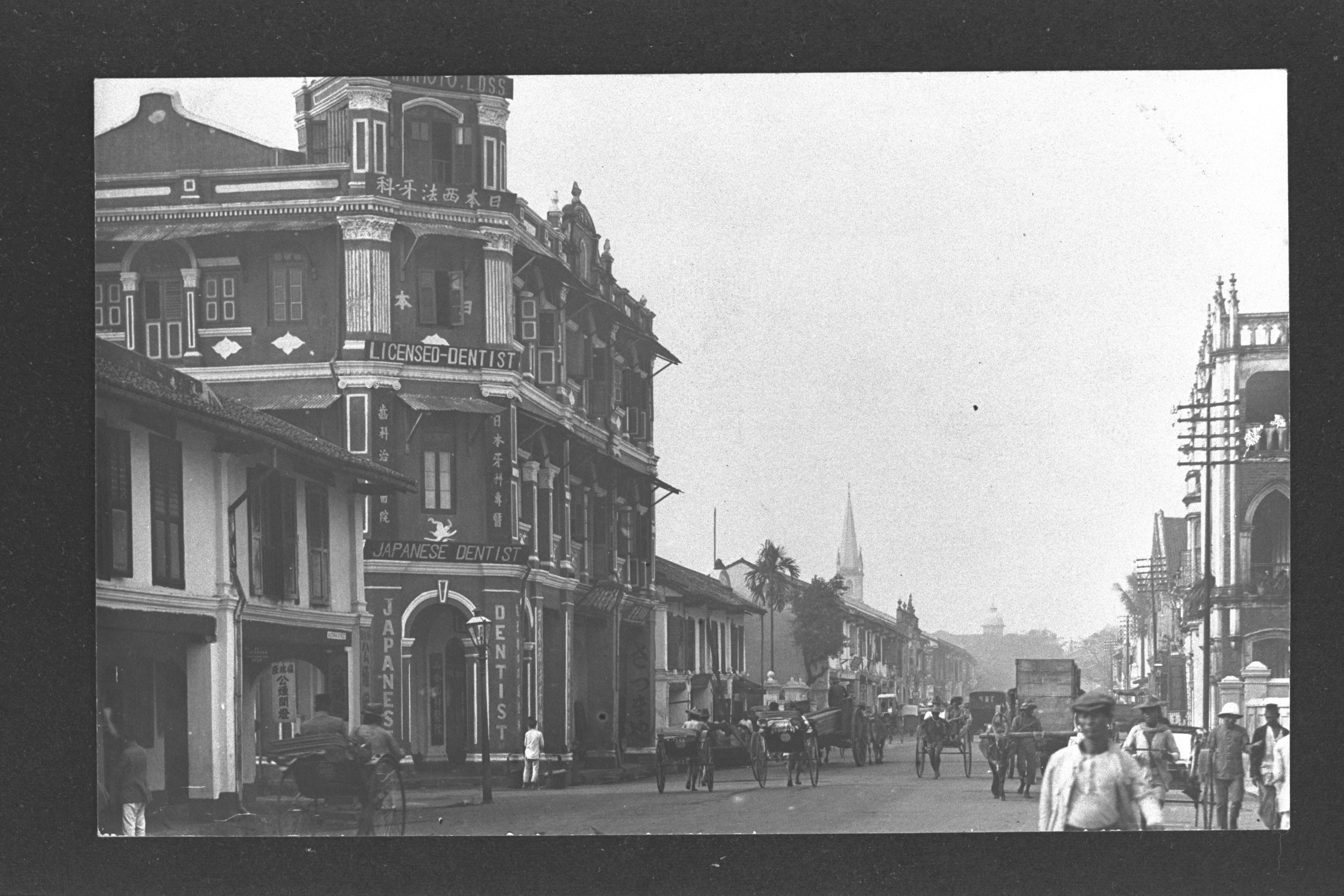The introduction of rickshaws in Singapore during the late 19th century created many employment opportunities, drawing Chinese migrants who were driven away by poor local and economic conditions in their homeland. Rickshaws were an instant success, overtaking the gharry (horse-drawn carriage) as the default mode of transportation on the streets of Singapore. As a cheap yet efficient mode of transportation, rickshaws proved to be popular in every stratum of society in Singapore. From shopkeepers, sailors and pedlars, to colonial officials, businessmen, housewives and schoolchildren, many looked to the rickshaw puller to send them to their destination. Rickshaws continued to dominate the streets until they were replaced by motorised vehicles towards the mid 20th century.


















